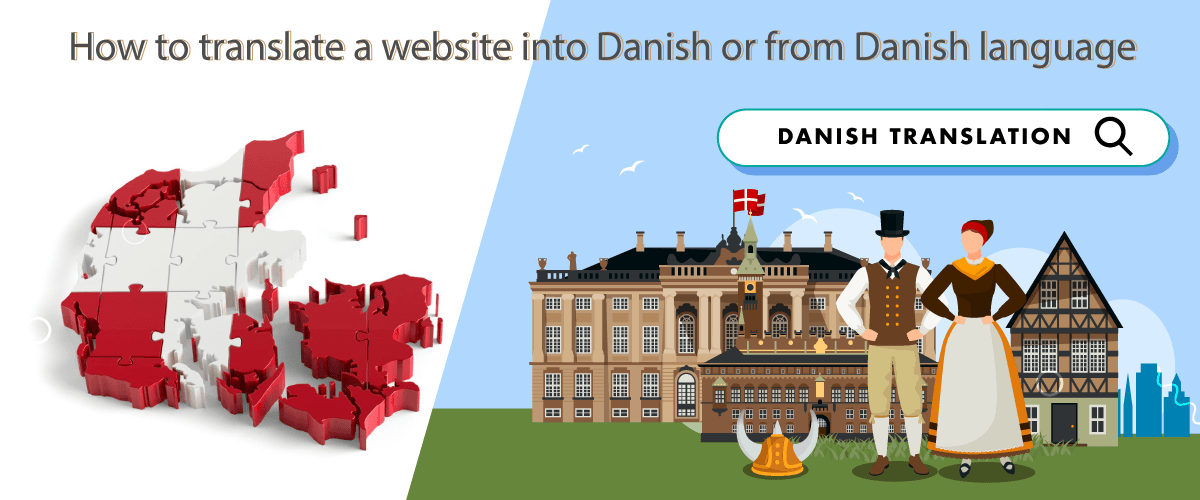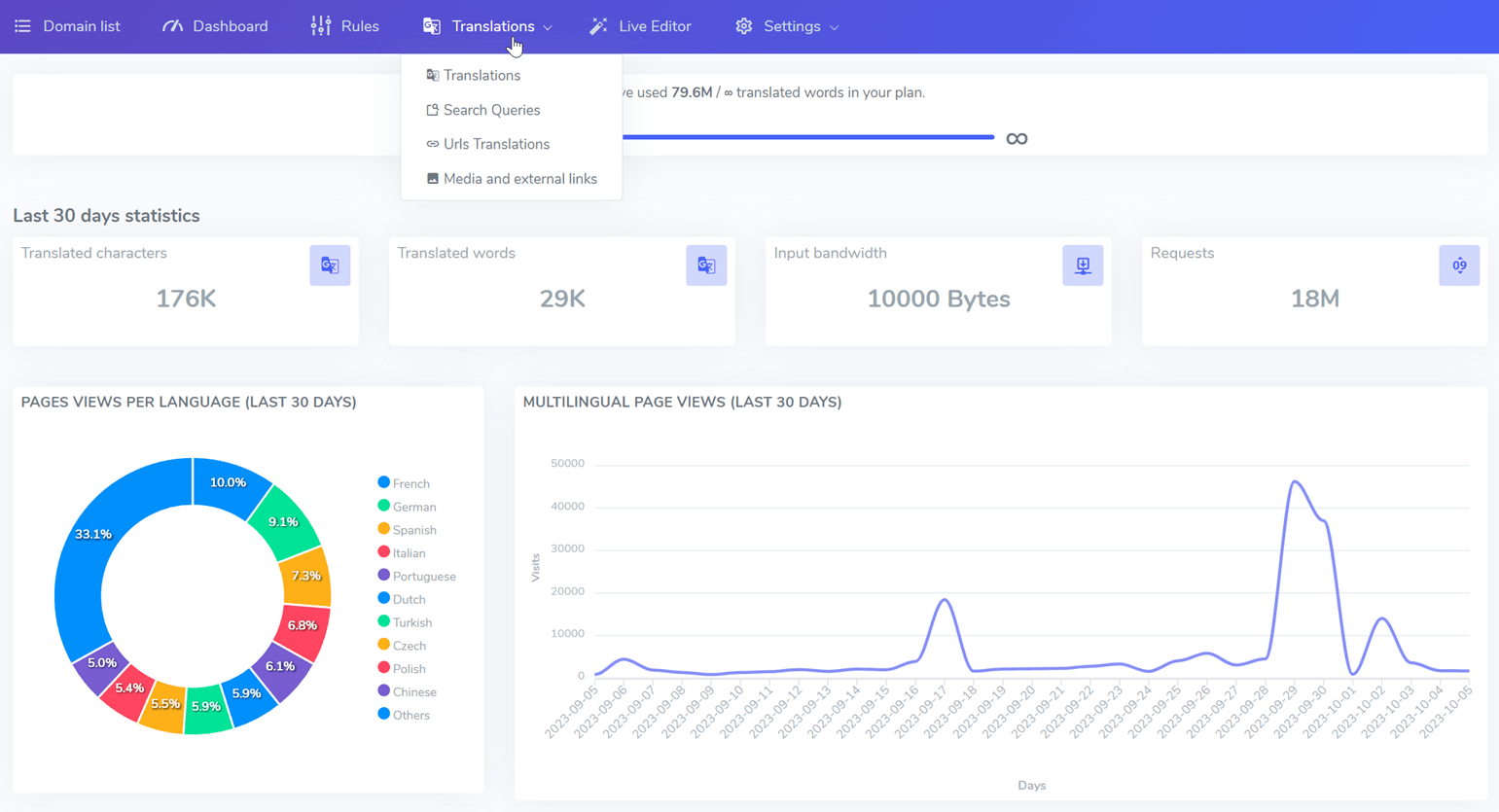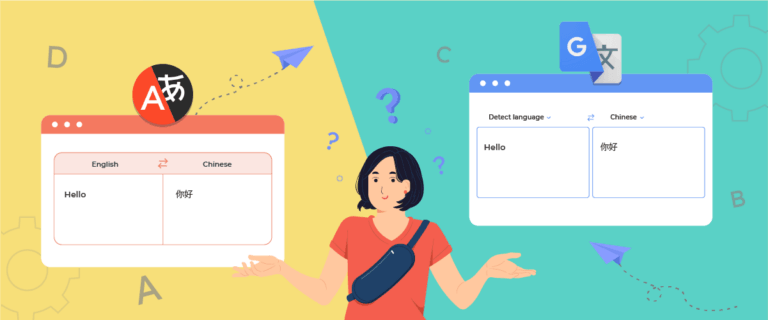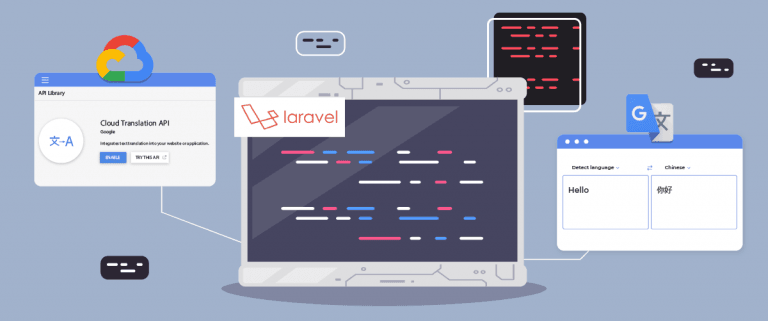In today’s interconnected world, websites can open doors for a global audience. In order to take advantage of this opportunity, the developers needed to break down the language barrier.
Website translation opens opportunities to untapped markets, building trust and confidence among users who prefer content in their language.
One of the languages that you should consider translating is Danish. Translating into Danish connects businesses with a culturally rich audience in Denmark, building personal relationships and increasing brand credibility.
In this article we will focus on translating websites into and from Danish, how developers use it to interact with Danish speaking users.
Why you should translate a website into or from Danish?
Translating a website into or from Danish offers a range of compelling benefits that can greatly impact your online presence and business success. Here are some reasons why you should consider translating your website into or from Danish:
- Tap into a lucrative market: Denmark is known for its high standard of living and strong purchasing power. Translating your website into Danish allows you to tap into this affluent market and cater to the preferences of local consumers.
- Expand global reach: Danish is not only spoken in Denmark but also in parts of Greenland and the Faroe Islands. By offering your website in Danish, you expand your reach to these regions and connect with Danish-speaking communities around the world.
- Cultural relevance: translating your website into Danish demonstrates respect for the local culture and language. It shows that you value your Danish audience and are committed to delivering content that resonates with their preferences and expectations.
- Enhance user experience: visitors to your website are more likely to stay and engage if they can access content in their preferred language. By providing Danish-language options, you create a more seamless and user-friendly experience, leading to higher user engagement and conversions.
- Build trust and credibility: a website available in Danish enhances your credibility among Danish-speaking users. It conveys that you are serious about serving their needs and are invested in establishing a trustworthy relationship.
- Capture multilingual audiences: translating into Danish doesn’t just cater to Danish speakers. It can also attract multilingual users who are comfortable navigating websites in multiple languages
Danish total speakers reach 5,6 million
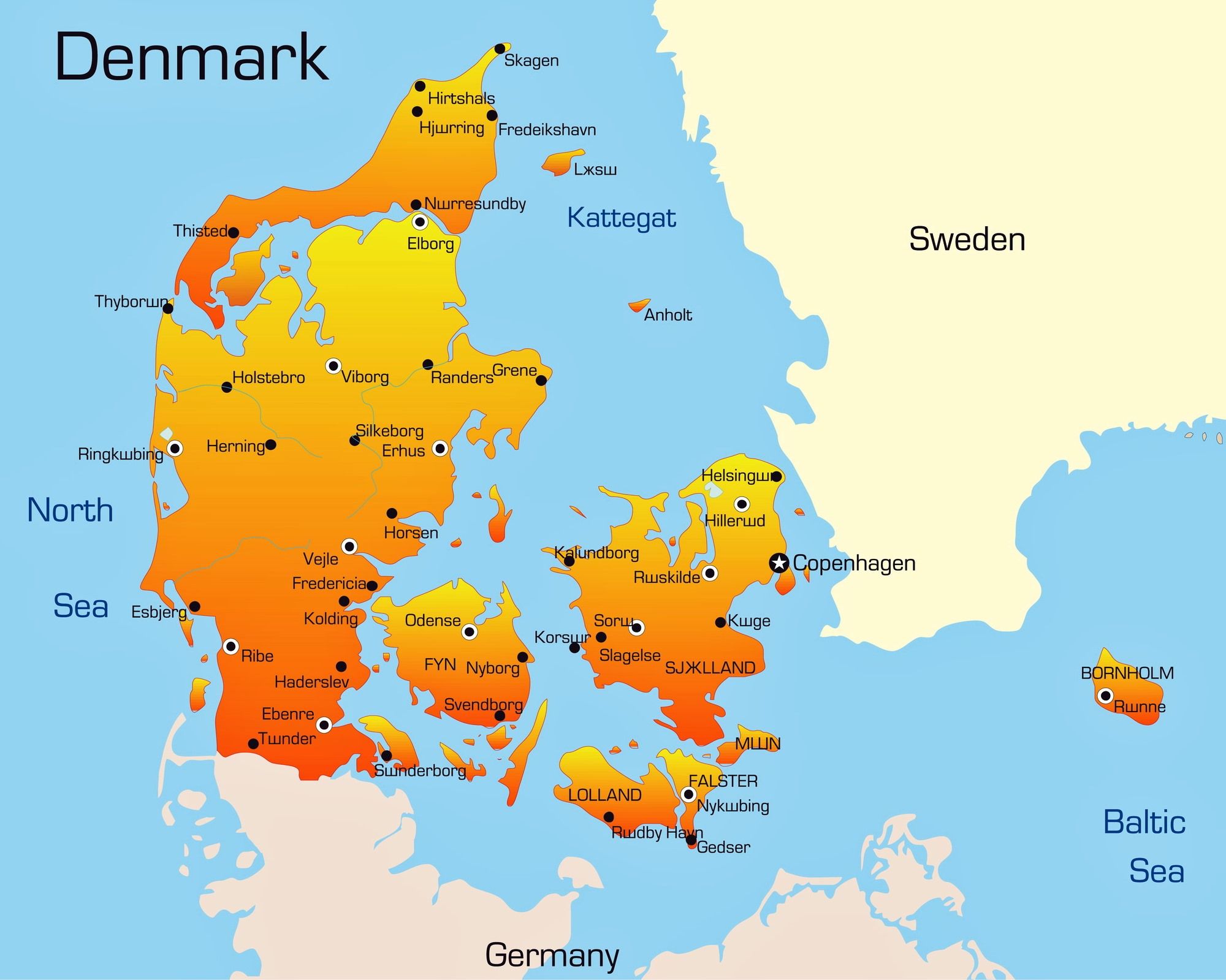
Danish is utilized by 5.4 million individuals within Denmark itself and holds a presence among 5.6 million people across the globe. This scope may seem relatively limited when considering Danish speakers beyond Denmark’s borders, yet let’s delve deeper into the statistics.
In Greenland, despite its modest population of 56,000, Danish is taught in schools to all children. This makes it reasonably plausible to conclude that a significant portion of Greenland’s residents possess some degree of familiarity with Danish as a secondary language. This pattern also extends to the Faroe Islands, with its population of 49,000, and even to Iceland. However, the number of “genuine” Danish speakers in Iceland is merely around 1,000, while Ethnologue accounts for 6,200 speakers in Greenland.
Moreover, there are an additional 21,200 individuals who speak Danish in Germany, and a sizeable count of 56,900 speakers in Sweden.
Where in the world is Danish spoken?
This language is spoken by individuals in Denmark. Apart from that, it is also spoken in Canada, Germany, Greenland, Iceland, Norway, Sweden, United Arab Emirates and the United States of America.
Denmark has close ties with Norway and Sweden. This third language comes from Old Norse which was spoken in the Scandinavian region which is now Norway, Denmark, and Sweden. Until recently, Danes, Norwegians and Swedes could communicate with each other without the need for translators.
It should be noted that Danish and Swedish became standard languages much earlier compared to Norwegian.
Understanding of Danish language
After understanding how many Danish speakers, we will now find out more about the Danish national language.
Status
Danish is a language that is de facto the national language of Denmark (according to ethnologists). It also serves as the national language in Greenland along with Inuktitut, and is a compulsory subject taught in primary schools in the Faroe Islands.
Dialects
Danish is generally reduced to two main dialect groups.
- Bornholm (Eastern Danish) dialect
- South Jutland dialect
Standard Danish is based on the East Danish language spoken around the capital city of Copenhagen. This language is spoken in large cities, taught in schools, and used in the media. Because Denmark is made up of many islands and peninsulas, there are a variety of other regional dialects that don’t always understand one another.
Grammar

The grammar of Danish resembles the grammar found in other Germanic languages, which includes English.
Nouns, adjectives, pronouns:
The combination of gender and number is expressed through a single ending.
- The concept of number comprises two variations: singular and plural.
- Both the definite and indefinite articles match the gender and number of the noun in the singular form, for instance, en dag (a day), dagen (the day), dagene (the days).
- There are no distinctive case markers, except for the possessive -s, like dags (day’s).
- Adjectives lack case endings but carry indications of definiteness, gender, and number.
- The pronominal structure is akin to that of English, with the distinction between informal 2nd person singular du and formal De.
Verbs:
- Verbs do not exhibit markings for person or number.
- Verbs can either be weak or strong. Weak verbs attach endings to the verb’s root to form the preterit tense. On the other hand, strong verbs experience a change in the vowel of the root, often without the addition of an ending. The strong verbs are categorized into 7 classes.
- The perfect and pluperfect tenses are created with the auxiliary verb har (have), for example, har set (have seen), havde set (had seen).
- Three moods exist: indicative, imperative, and subjunctive.
Word order:
In declarative sentences, the standard word arrangement is Subject-Verb-Object. However, in interrogative sentences, the order shifts to Verb-Subject-Object.
Here’s some a cheat sheet of phrases that illustrate that.
Choosing the right ways to translate your website from or to the Danish language
As you embark on website translation into Danish, it is important to consider the methods available to ensure an accurate, culturally sensitive and effective translation. Let’s explore different ways to go about this step:
- Collaborate with professional translators: these skilled linguists have the ability to understand the complexities of source and target languages. Their expertise ensures that your content feels authentic to their Danish-speaking audience. Collaboration with professional translators guarantees accuracy in describing the essence of your content and conveying it fluently in Danish.
- Translate websites into Danish or from Danish with Google Translate: Google Translate, a popular machine translation tool, provides an efficient way to produce fast translations. This is a useful option for getting to the heart of content, especially if timing is a key factor. However, relying entirely on machine translation may not be able to convey the nuances, idiomatic expressions, and cultural sensitivity that are essential for effective communication. For informal or non-critical content, Google Translate can provide a basic understanding.
- Translate websites automatically using Neural Machine Translation: Neural Machine Translation (NMT) is a technological advancement in automatic translation. It uses artificial intelligence to improve the quality and accuracy of translations. NMT can be a valuable tool for translating simple, repetitive, or technical content.
Translate a website into Danish or from Danish with Linguise
After knowing what you can do to translate a Danish website, now is the time for you to choose which one is most suitable. Neural network technology is an option that is able to provide the best translation results, one of the services that utilize NMT is Linguise.
What is Linguise?
Linguise is platform that provides multilingual website translation and localization services. Linguise’s technology typically enables website owners and developers to easily translate and adapt their website content into multiple languages, making their sites accessible and user-friendly for a global audience.
Linguise might offer features such as automated translation, content management, real-time previews of translated content, and tools for managing and updating translations. This type of service is particularly useful for businesses and organizations that want to expand their online presence to reach audiences in different languages and regions.
Why translate website into Danish with Linguise?
Of the many website translation plugins or services on the internet, why should you use Linguise as a website translation service to Danish? Following are some of the disadvantages.
- 80+ languages: Linguise which provides more than 80 languages from around the world, both modern and traditional. Thus, the more languages you add, the greater the chance that your site will be found by many audiences from various countries.
- Linguise front-end editor: the next reason is because Linguise has a front-end live editor feature that allows you to edit the translation results directly on the front page of the site. You can use it easily from the Linguise dashboard.
- Possibility to add translators: to get the perfect translation results, you can collaborate with translators from different languages. You can add translators to your site and work together.
- Multilingual SEO: Utilizing Linguise eliminates the need to worry about SEO. SEO is of particular importance for multilingual websites, because basically they need to do the double duty of translating all the components of the website into the chosen language. Thankfully, Linguise takes care of this automatically from the moment you install and activate the plugin. Several aspects are supported, such as Hreflang generation, alternative URLs, canonicals, and XML sitemaps.
- Global translation exclusion rules: in addition to its direct editing features, Linguise can also exclude content for translation. The include translation feature can keep the translated words or sentences original. To find these features, you can open the Linguise dashboard, click the Rules menu.
How to translate a website into Danish or from Danish with Linguise?
Here is how to translate a website into Danish or from Danish language with Linguise.
Step 1: Registration to get API Key
The first process is registration for a Linguise account, and this registration does not require credit card details. After this you will get access to the Linguise dashboard.
Within this dashboard, you can configure all translation preferences for your website, including domain registration, word usage tracking, and language selection.
To get the API key, navigate to the Settings menu, then find the API KEY section, and simply copy the API KEY.

Step 2: Add language to your website
Once you have acquired the API key, proceed by scrolling down within the settings menu. You’ll come across the Languages section, where you can incorporate additional languages into your website.
In this area, you can add Danish or any other desired languages corresponding to different countries.

Step 3: Install & configure the Linguise plugin
Moving on to the third stage involves installing and enabling the Linguise plugin on your website. Access your site’s dashboard and navigate to the Plugin section. Choose to Add a new plugin and search for Linguise. Subsequently, opt to Install and then Activate the plugin.
Upon successful installation, access the Linguise settings menu and proceed to paste the API key you previously copied into the designated field. Afterward, click the Apply button.

The next task involved configuring flag logos for each language and fine-tuning their placement. You have the option to display them as a popup, dropdown or side-by-side layout. After that, position the language switcher in a location that ensures easy access for your audience.
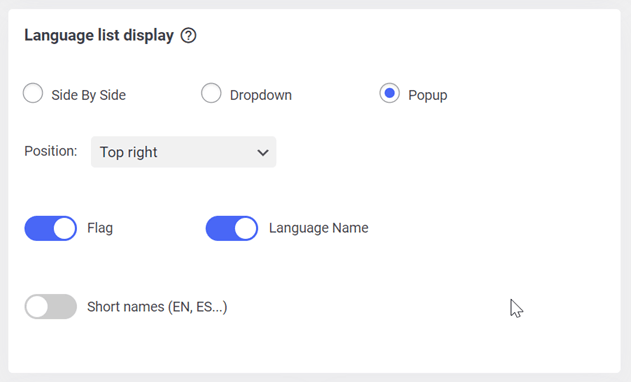
Step 4: Website fully translated to Danish
Now it’s time to translate the website into Danish, here you only need to click on the language switcher then select Danish. For example, we will translate from English – Danish.

Approximately this is the description of the website that has been translated into Danish.

So what if from Danish – English? You only need to click on the language switcher and select English, it’s easy right?
Step 5: Edit translation website using front-end live editor
The concluding phase entails modifying the translated outcomes via the live editor feature accessible from the front-end. It’s important to note that not all multilingual plugins present this capability; however, Linguise includes this function to facilitate web developers in refining translation outcomes for enhanced naturalness.
With this feature, you can engage the expertise of a professional translator to make direct edits on the website.
To access the front-end live editor feature, navigate to the Linguise dashboard, proceed to the Live Editor section, and choose your desired language. Below is an illustration of the live editor in action for English-Danish, but you can employ it for any language.
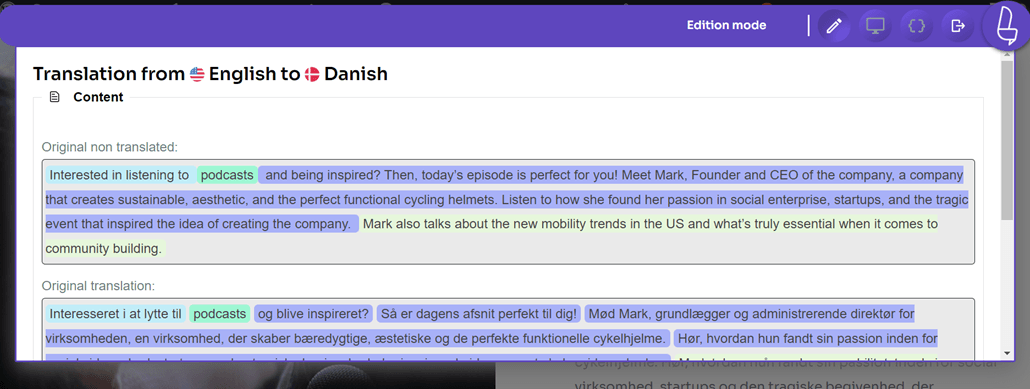
Linguise subscription package
The free trial edition of Linguise already furnishes an array of captivating functionalities to assist with website translation. However, opting for a subscription to the Linguise package unlocks an expanded allotment of word translation quotas.
This is particularly true for the Large package, which, priced at $165 per year, liberates you from any restrictions on the quantity of words eligible for translation.
START
- INCLUDED IN 1st MONTH FREE TRIAL
- 200 000 translated words
- Unlimited translated page views
- Unlimited languages
- 10% OFF compared to monthly prices
- 1 website per plan with one month free
PRO
- INCLUDED IN 1st MONTH FREE TRIAL
- 600 000 translated words
- Unlimited translated page views
- Unlimited languages
- 10% OFF compared to monthly prices
- 1 website per plan with one month free
LARGE
- REGISTER & SUBSCRIBE
- UNLIMITED translated words
- Unlimited translated page views
- Unlimited languages
- 10% OFF compared to monthly prices
- 1 website per plan with one month free
Conclusion
Translating websites in Danish can expand your site’s reach, attracting a broader audience. Moreover, incorporating a selection of languages from various countries enhances the overall user experience.
Hence, for those interested in Danish translation, simply adhere to the instructions outlined earlier on how to execute website translation to or from the Danish language.
To facilitate this process, you can leverage the automated translation service provided by Linguise and make use of its free trial version for assistance in translating your site.

